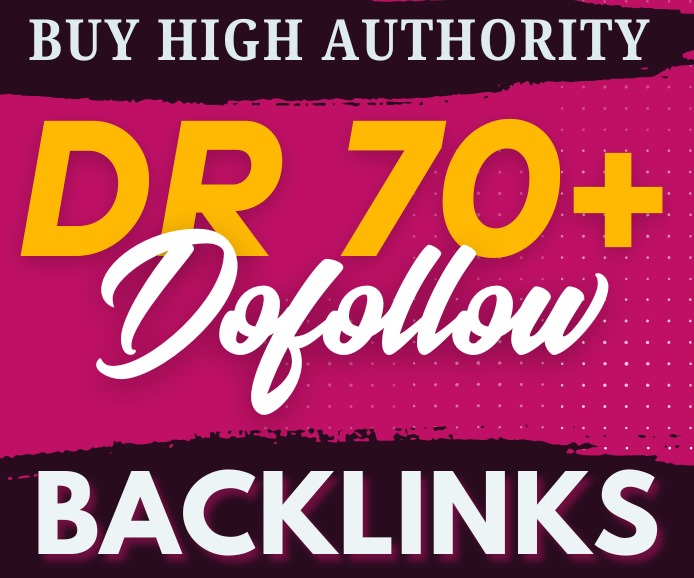Introduction
Leather goods have long been prized for their durability, style, and timeless appeal. From wallets to belts, and especially the versatile leather harness, leather products blend functionality with a classic aesthetic. Whether you’re investing in a sturdy leather Goods for work or adding elegant leather goods to your collection, understanding what makes leather so special will help you appreciate these items even more.
The Rich Legacy of Leather Crafting
Leather has been a trusted material since ancient times, valued for its strength and flexibility. Over centuries, artisans refined techniques that turned raw hides into beautiful and practical goods.
What Makes Leather Goods Stand Out?
Leather goods offer a unique combination of longevity, comfort, and style. Unlike synthetic materials, leather molds to your lifestyle, becoming softer and more personalized over time.
Types of Leather Used in Quality Goods
Full-Grain Leather
The most durable and prized, full-grain leather showcases natural markings and ages beautifully.
Top-Grain Leather
Slightly processed for uniformity, still very durable and widely used.
Genuine Leather
Lower quality but real leather, offering an affordable option.
Bonded Leather
Made from leather scraps, less durable but budget-friendly.
Popular Leather Goods You Should Own
Leather Wallets
Compact, functional, and they develop character with age.
Belts
A leather belt is a staple accessory that never goes out of style.
Bags and Satchels
Combine elegance and utility for everyday use.
Jackets
Leather jackets add an edge and provide lasting wear.
Exploring the Leather Harness
Practical Uses of Leather Harnesses
Originally designed for utility—whether for carrying gear or working animals—the leather harness is built for strength.
Fashion Forward: Leather Harness as a Statement
Today, the leather harness is a bold fashion accessory, adding personality and flair to modern outfits.
Leather Harnesses for Pets
Comfortable and durable harnesses keep pets safe with style.
Handcrafted vs. Mass-Produced Leather Goods
Handmade leather goods involve detailed craftsmanship, making every item unique and often longer-lasting compared to factory-made products.
Why Handmade Leather Goods Are Worth It
-
Superior quality and attention to detail
-
Unique finishes and textures
-
Greater durability
-
Customizable designs
How to Recognize Authentic Leather
Check for natural grain, smell the leather’s characteristic scent, and feel for flexibility and softness that synthetic materials lack.
Maintaining Your Leather Goods
Cleaning Tips
Use a soft cloth and mild cleaner. Avoid soaking leather.
Conditioning Leather
Keep leather supple by applying conditioner regularly.
Storage Advice
Store in cool, dry places away from sunlight and humidity.
Personalizing Your Leather Harness and Goods
Adding initials, special designs, or color options makes your leather products uniquely yours.
The Eco Side of Leather Production
Sustainable leather production practices focus on eco-friendly tanning methods and ethical sourcing to reduce environmental impact.
Sustainable Leather Practices
-
Vegetable tanning
-
Use of recycled materials
-
Ethical sourcing standards
The Value of Investing in Quality Leather Goods
Though they might cost more upfront, leather goods and leather harnesses offer longevity and timeless style that make them worthwhile investments.
Conclusion
Investing in quality leather goods and a durable leather harness means choosing style, functionality, and heritage all in one. These products don’t just serve a purpose they evolve with you, becoming more personal and valuable over time. Whether for fashion or function, leather remains unmatched in offering both beauty and strength.
FAQs
1. How do I know if my leather is genuine?
Real leather has a distinctive smell, visible grain, and soft, flexible feel.
2. Are leather harnesses comfortable to wear daily?
Yes, especially when made with quality leather and proper craftsmanship.
3. How often should leather goods be conditioned?
Every 3 to 6 months, depending on use and climate.
4. Can leather goods be customized?
Many makers offer personalization such as initials or bespoke designs.
5. Is leather environmentally friendly?
With responsible sourcing and vegetable tanning, leather can be eco-friendly.




